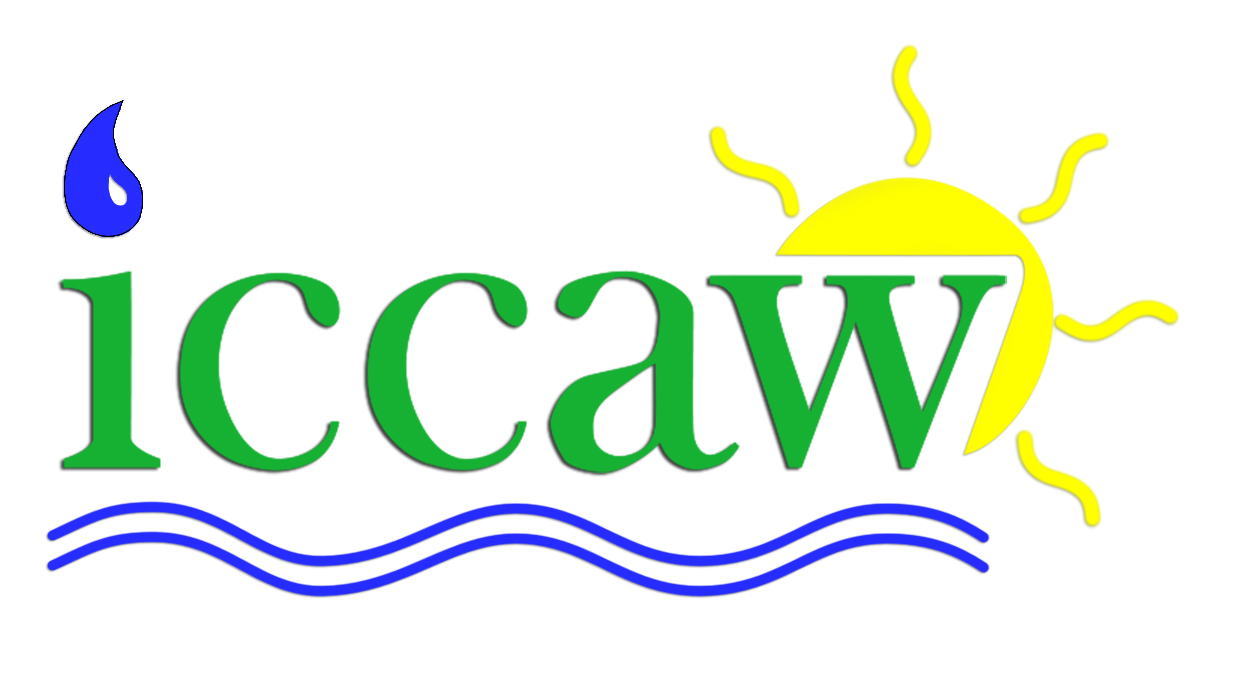Environmental Studies and Resources
This provides USEPA’s and the Illinois EPA’s work plans to strengthen Illinois' regulation of CAFOs in response to ICCAW's delegation petition.
This report by Environment Illinois shows the impacts of factory farming, as well as provides policy recommendations to mitigate or eliminate those impacts such as a moratorium, requiring water pollution permits, and creating a comprehensive inventory of factory farms.
Environmental Concerns about Animal Manure
This article discusses the negative environmental impacts of swine manure spread on fields, such as the leaching of soil nitrate into ground and surface water. It also addresses emissions that arise from large swine confinements, including unacceptable levels of ammonia, dust and odors. Some countries have already passed legislation that limits both the size of pig confinements and the use of manure.
In this report the Government Accountability Office analyzes data collected by the USDA from 1982-2002, finding that no federal agency collects consistent, reliable data on CAFOs. The report addresses five main topics: 1) CAFO trends over the past 30 years; 2) the amount of waste generated by CAFOs; 3) key research on the environmental and health impacts of CAFOs; 4) the progress of the EPA in developing air emissions protocols for CAFOs, and 5) the impact of recent court decisions on regulation of CAFO water pollution by the EPA.
Symposium on Estrogens in the Environment, III
This paper from the Symposium on Estrogens in the Environment, III discusses the health and environmental impacts of hormonally active foreign chemicals being introduced into the environment. Some of these chemicals have estrogenic effects, which raises concerns for both human health and the health of wildlife. For example, exposure to the pesticide DDT resulted in low sperm counts and infertility in wildlife.
Impacts of Waste from Concentrated Animal Feeding Operations on Water Quality
Based on the available data the authors of this paper conclude that “generally accepted livestock waste management practices do not adequately or effectively protect water resources from contamination with excessive nutrients, microbial pathogens, and pharmaceuticals present in the waste. They call for “rigorous ecosystem monitoring” in CAFO localities, increased knowledge of the pollutants affecting human and environmental health, as well as the promotion and enforcement of best practices to protect freshwater and marine ecosystems from CAFO contaminants. (NOTE: This paper was written by a work group of the Conference on Environmental Health Impacts of Concentrated Animal Feeding Operations: Anticipating Hazards-Searching for Solutions)
Association between environmental risk factors and campylobacter infections in Sweden
The most common cause of acute bacterial gastroenteritis in Sweden is Campylobacter species. This study utilized Geographical Information Systems (GIS) surveillance data to investigate associations between geographical patterns of disease incidence and possible environmental risk factors. Results showed a positive association between ruminant density and water-pipe length per person. This data suggests that water contamination may be a significant factor in human campylobacteriosis in Sweden.
Water Science Glossary of Terms
This glossary of water-related terms was compiled by the U.S. Geological Survey.
Odor Nutrient Management- Fly control starts with manure management
House flies are the predominant flies found in and around livestock and poultry facilities. Although house flies can develop in just about any type of decaying organic material, the large accumulations of manure generated in these facilities has the potential to produce significant fly populations. Thus, manure management is of critical importance and should form the basis of an effective house fly control program.

